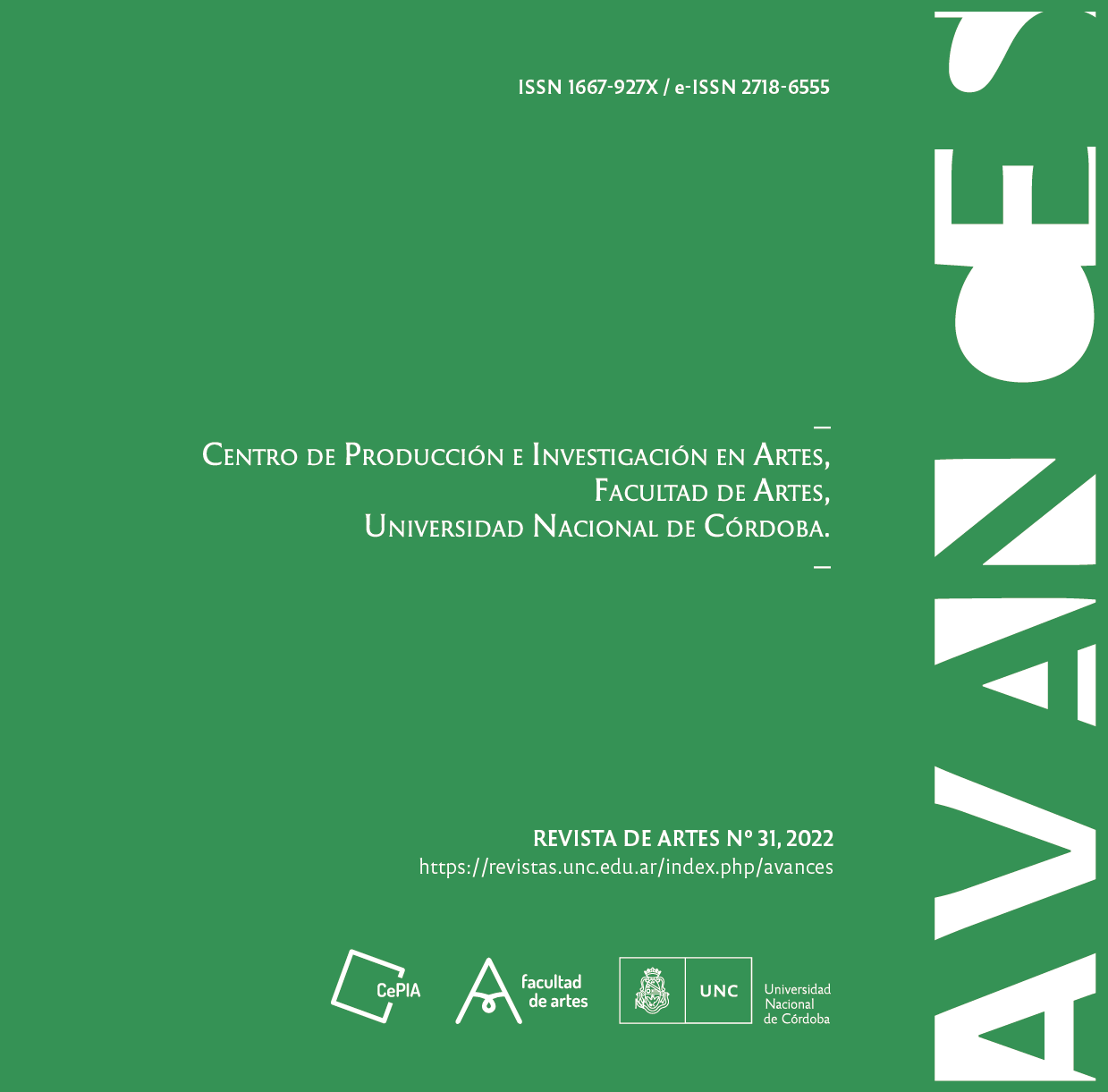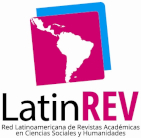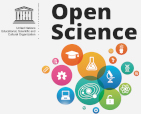Art Concret and Architecture. A new concept of Space
Keywords:
Concrete Art, Space, Architecture, Tomás MaldonadoAbstract
This article is intended to understand the meaning and transformation of the category of “space” within the framework of the novel coarticulation between visual arts and architecture proposed by concrete art from the River Plate in its earliest stage. For this purpose, we study some key texts, by Tomás Maldonado and a conference by Ernesto N. Rogers, on which this movement is founded, and its new concept of space is formulated, which is not –without more– summarized in the earliest functionalist premises. These authors, both artists and designers, observe and reflect on a significant change in the way of defining, understanding and experiencing the spatiality of the new painting, sculpture and architecture, a change that concerns and modifies, in the midst of a revolutionary critique, the principle of “art as representation of nature” and the traditional connection between visual arts and architecture. The reading and discussion of these texts, in addition to forcing a redefinition of what concrete art is and what is its proposal to reformulate the category of “space”, provides the necessary elements to renew the discussion on the relationship between form and function, in the hiatus that separates and –at the same time– connects the visual arts with architecture.
Downloads
References
Argan, G. C. (1966). El concepto del espacio arquitectónico desde el Barroco hasta nuestros días. Traducción castellana: Liliana Rainis (1972). Buenos Aires: Nueva Visión.
Baudrillard, J. (1972). Pour une critique de l’économie politique du signe. Paris: Editions Gallimard. Traducción castellana de Aurelio Garzón del Camino (1974) Crítica de la economía política del signo. México: Siglo xxi Editores.
Bill, M. (1949). “Die mathematische Denkweise in der Kunst unserer Zeit”, en Das Werk, Heft 36. jg., 3, märz, 86-91. Hay traducción castellana, “El pensamiento matemático en el arte de nuestro tiempo” en T. Maldonado (1955) Max Bill, Buenos Aires: Nueva Visión; y también en revista Ver y Estimar, nro.17, mayo, Buenos Aires, 1950, 1-7.
Foucault, M. (1966). Les mots et les choses, une archéologie des sciences humaines. Paris: Gallimard. Traducción castellana de Elsa Cecilia Frost (1968) Las palabras y las cosas, una arqueología de las ciencias humanas. Buenos Aires: Siglo xxi Editores.
Habermas, J. (1981). “Modernity versus post-modernity”. Revista New German Critique, Nro.22, Durham. Traducción castellana de Beatriz Sarlo (1984) “Modernidad, un proyecto incompleto”. Revista Puntos de Vista, (21), agosto, Buenos Aires.
Hjelmslev, L. (1943) Omkring sprogteoriens grundlaeggelse (Kobenhaus: Universitet). Traducción castellana de J.L. Diaz de Llano Prolegómenos a una teoría del lenguaje (Madrid: Gredos, 1984).
Jakobson, R. (1963) Essais de linguistique générale (Paris, Éditions de Minuit). Traducción castellana de Josep M. Pujol, Ensayos de lingüística general (Barcelona: Seix Barral, 1974).
Le Corbusier (1923) Vers une architecture. Paris: Editions G.Crès et Cie. Traducción castellana de Josefina Martínez Alinari (1977) Hacia una arquitectura. Barcelona: Apóstrofe.
Maldonado, T. (1947, febrero). Volumen y dirección de las artes de espacio. Revista de arquitectura, xxxii(314), pp. 72-75.
Maldonado, T. (1946, agosto). Lo abstracto y lo concreto en el arte moderno. Arte Concreto, (1), pp. 5-7.
Menna, F. (1975) La linea analitica dell'arte moderna : le figure e le icone (Torino: G. Einaudi). Traducción castellana de Francesc Serra i Cantarell Rev. bibl. Joaquim Romaguera i Ramió, La Opción Analítica en el Arte Moderno. Figuras e íconos (Barcelona: Gustavo Gilli, 1977).
Moholy Nagy, L. (1928) The New Vision and Abstract of an Artist. Dessau: Bauhausbuch 14. Traducción castellana de Brenda L. Kenny (1963) La nueva visión y reseña de un artista. Buenos Aires: Ediciones Infinito.
Mondrian, P. (1937). Plastic Art and Pure Plastic Art. Figurative Art and Non-Figurative Art. En N. Ben y N. Gabo (Eds.), Circle: International Survey of Constructivist Art (pp. 41-56). London: Faber and Faber.
Rogers, E. N. (1948, noviembre-diciembre). Ubicación del arte concreto. Ciclo: arte, literatura, pensamiento moderno, (1), pp. 39-52.
Downloads
Published
Issue
Section
License

This work is licensed under a Creative Commons Attribution-NonCommercial-ShareAlike 4.0 International License.





















